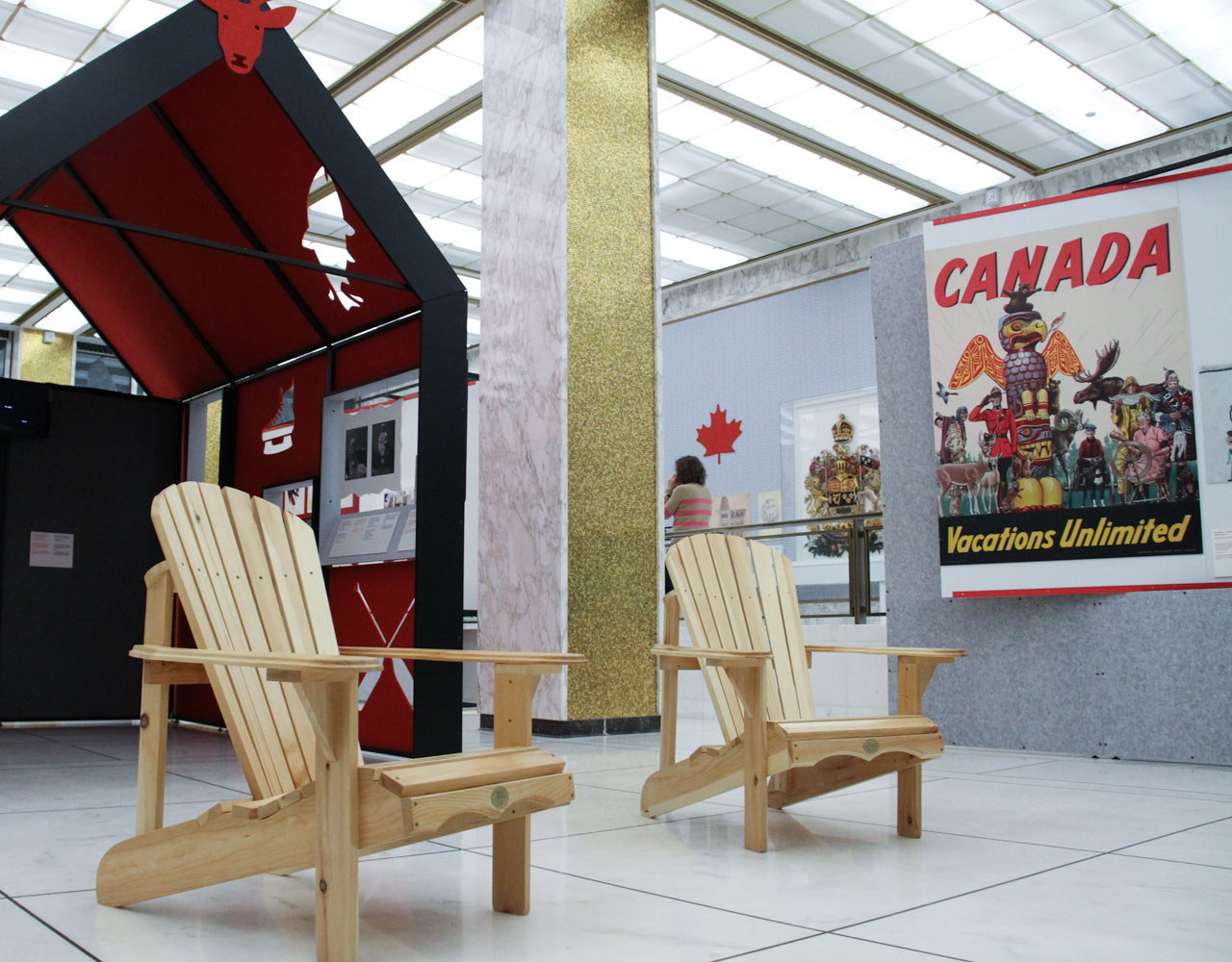Library and Archives Canada (LAC), is currently holding a free exhibition called Canada: Who do we think we are? which seeks to highlight parts of Canadian history and reflect on the nation’s identity.
The exhibit launched on June 5 and gives Canadians an opportunity to view artifacts that normally would not be available to the public, Madeleine Trudeau, the curator of the exhibit, said in an email. She added that the display isn’t just to mark Canada 150.
“It was also developed to remind Canadians of the important role that a national library and archives plays in preserving Canada’s story,” Trudeau said. “Library and Archives Canada (LAC) is in fact often referred to as the memory or the mirror of our country.”
The exhibition features many original and rarely seen national treasures, such as an original leather-bound book and map belonging to explorer Samuel de Champlain dating from 1613, and an original watercolor painting by Susanna Moodie, made in 1870. It also showcases contemporary items like a 2003 self-portrait by Inuit artist Andrew Qappik.
The exhibit explores Canada’s identity and its changing values, branding, and mythology since the 17th century. It includes stereotypes from over the years, how travelers experienced Canada, and opinions from explorers, artists, poets and politicians.
The items that have been selected were chosen because they reflect the different regions and peoples of Canada, and to accurately display the vast collection at LAC, specialists needed to sort through several artifacts, Trudeau said.
“The process was also extremely difficult. We tried to make sure that a bit of everything was represented”, she added.
According to Trudeau, the response to the exhibit has been very positive. One attendee, Meredith Herlet, had favorable comments about it.
“The exhibit emphasizes the exclusion of [Indigenous people] in the older Canadian image . . . it shows how today there is a significant push to reconcile and incorporate First Nations peoples in the image of Canada,” Herlet said.
That was the response the exhibit was aiming for, according to Trudeau.
“We also tried our best to make sure that the different items in the show reflected, as much as possible, the different regions and peoples of Canada,” she said.
Sarah Knight, another attendee and Ottawa resident, said it was her first time at the exhibit.
“It’s interesting seeing the history of propaganda of Canada . . . the pamphlets and the propaganda pages were really interesting,” Knight said.
“[The LAC depicted] Canada as this rugged-like adventure-land, the way they twisted everything to seem so majestic and adventurous”, she added.
Her husband, William Knight, said, “It’s fascinating [that] they have all these records, you never think that this work is being done and well, here it is.”
Visitors have the chance to explore the exhibit until March 1, 2018, when it officially closes its doors.
Photo by Meagan Casalino






